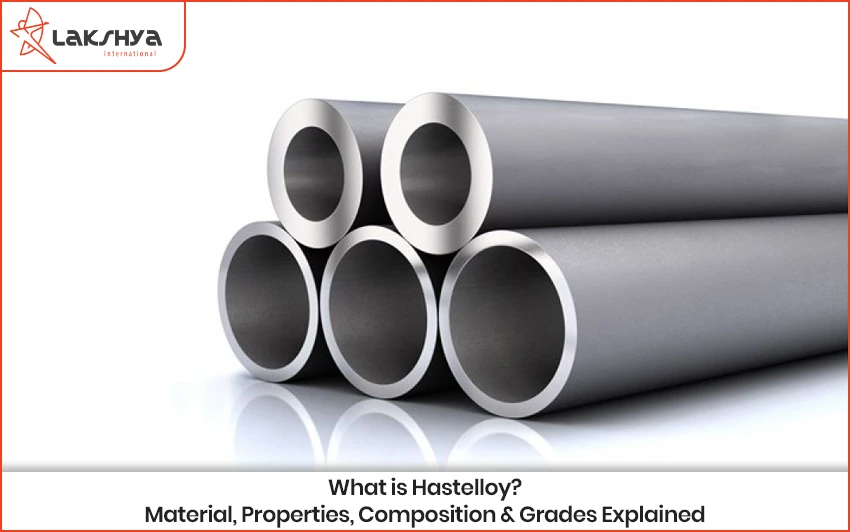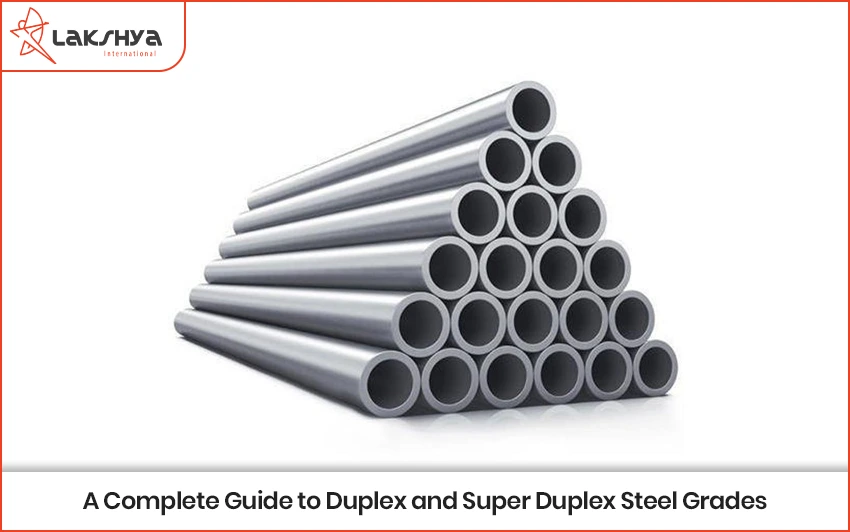Two types of stainless steel are 304 and 316. The 304 category is what most people refer to as “stainless steel.” The 316 category, on the other hand, is a much more expensive type that is specifically used for situations where there is a lot of contact with seawater or chlorinated water. What’s more, it also contains higher amounts of nickel and molybdenum than the 304 material to give it better corrosion resistance properties.
What is 304 Stainless Steel?
304 Stainless Steel is an inexpensive, strong, and malleable metal. It offers good corrosion resistance to saltwater but does not offer as much protection against other corrosive liquids. 316 Stainless Steel is the second most common type of stainless steel used in the world today. It’s more expensive than 304 but offers better corrosion resistance overall. 304 stainless steel is an iron-chromium alloy with a minimum of 18% chromium. The best-known grade of 304 stainless steel is A4, 304L, which is a standard in most industries. It is magnetic and austenitic at all temperatures, giving it great corrosion resistance and making it a good choice for a wide variety of different applications Stainless steel is a steel alloy with chromium as the main alloying element. It has high corrosion resistance, good strength, and good fabrication properties. This type of steel is good for indoor applications because it’s more scratch-resistant than other types of stainless steel but not as heavy.
What is 316 Stainless Steel?
316 stainless steel has a minimum of 16% chromium and a maximum of 10% nickel. It is also highly resistant to corrosion. 316 stainless steel is austenitic chromium-nickel steel that has a higher level of nickel, making it more resistant to corrosion. This grade of stainless steel is often used in marine environments and industrial applications due to its corrosion resistance. The most distinguishing feature of 316 stainless steel is the “16” stamped on it. One of the most important differences between 304 and 316 is that 304 contains carbon while 316 contains molybdenum. The other major difference is that 316 has a higher resistance to corrosion because it contains 18% chromium. These two types of steel are similar in other ways, such as both being durable enough for use in sinks, pipes, reservoirs, and structural supports. 316 Stainless Steel is a type of stainless steel that has a higher corrosion resistance than 304 Stainless Steel. It also has a higher carry capacity for magnetic flux in electrical applications. The increased strength and corrosion resistance make it a popular choice for those who work with harsh chemicals or those who want to avoid rusting.
How to tell the difference between 304 and 316?
304 and 316 are both grades of stainless steel. Grade 304 is an iron-chromium-nickel alloy that offers excellent corrosion resistance to a variety of chemical environments, from saltwater to chlorine gas. Grade 316 is composed of iron, chromium, nickel, and molybdenum and has a higher corrosion resistance than grade 304 in most environments. The two types of stainless steel are 304 and 316. They are made from the same raw material, but they differ in their content of chromium. The corrosion resistance is better in the case of 304 because it contains 18% chromium while 316 has 16%. It has become more popular to use 316 for pipes that could be exposed to searing hot temperatures. undefined 304 and 316 are two types of stainless steel. Generally speaking, 304 is lower quality steel because it contains 18% manganese. It’s not as strong and durable as 316 stainless steel, which contains 16-18% chromium and 8% nickel. Even though the manganese content in 304 stainless steel makes it cheaper to produce, it can be more susceptible to corrosion than 316 stainless steel.
Conclusion
There is a distinction between 304 and 316 stainless steel, but it’s not always easy to tell which is which. One of the most obvious ways to tell for sure is by checking the marking on the metal. 304 stainless steel will have a 3 in an orange circle while 316 will have a 3 in a yellow circle. If you’re in doubt, an easy way to tell the difference is by looking at the cost. The higher the metal’s grade (grade 304), the less expensive it will be when purchasing. 304 and 316 are both types of steel. The main difference between them is the carbon content. 304 has .04% carbon while 316 has .03%. They are both corrosion resistant but 316 is more expensive because it contains higher levels of nickel.
Lakshya International is the proud exporter of Stainless Steel and we have other types of metals available as well. For more information read our other blog topics for deeper knowledge and what’s best suited for your business.




